The Seven Crowns: Japan’s Most Prestigious Go Titles!


Everyone who has picked up a Go stone has probably hoped at some point to become a professional Go player. Many of us give up once we reach the ceiling of our talent and hard work. Others, on the other hand, continue working until they break that ceiling, and through countless matches and hours of studying they accomplish their goals.
But what’s next?
Just becoming a professional, however difficult, isn’t the end of the dream. There is an even higher goal that all pros aim for. And that is achieving one of the major titles in go.
Of course other countries and organizations have their own championships and tournaments, but in this article I will be focusing strictly on the 7 major tournaments in Japan that are organized by the Nihon Ki-in and Kansai Ki-in.
The tournaments are all held annually, and each is sponsored by a famous Japanese newspaper. The tournaments usually follow a similar structure. Players go through qualification matches all year to earn a chance to enter the preliminary league. The winner of the league then gets to fight the current title holder as a final boss.
The prize money for winning a tournament ranges from 7 million yen (approx. $45,000) for the Judan title, to 43 million yen (approx. $277,000) for the Kisei title.
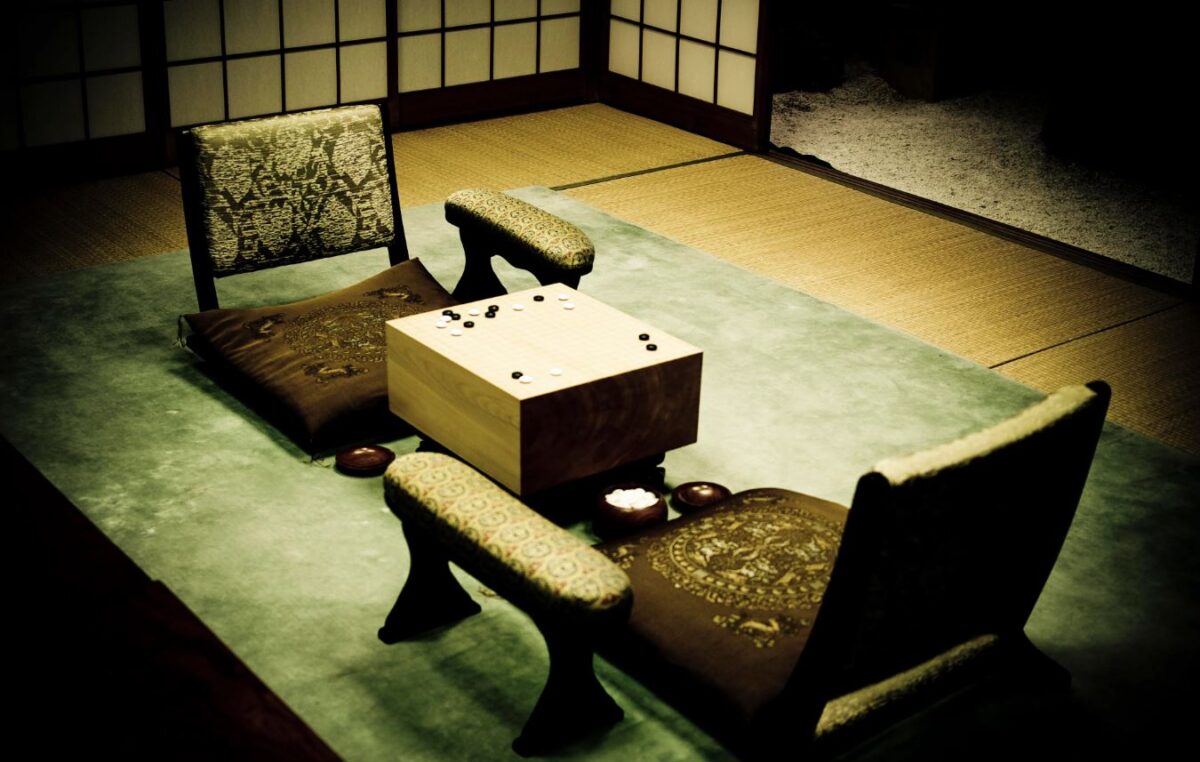
Second Tier
The major tournaments are divided into second and first tier. If a player beats the league in any of the second tier tournaments they are automatically promoted to 7p (professional dan), and if they get the title they are promoted to 8p. If a player manages to win two separate titles in the second tier they are then promoted to 9p. But in order to win the title the challenger would need to beat the current title holder in a best-of-five match.
There are four tournaments in the second tier:
Judan (十段)
This title, which started in 1962, can be translated as “10th Dan.” The preliminary league for the Judan title is a double knockout style tournament where the finalists of the winner’s and loser’s brackets face each other for a chance to challenge the title holder.
The 62nd Judan just finished recently, with Yuta Iyama winning the title for the 6th time in his career.
The Judan tournament is sponsored by the Sankei Shimbun, a daily newspaper. So far there haven’t been any honorary Judans, “honorary” or “lifetime” titles are given to players who managed to hold a title usually either for five consecutive years or ten years in total.
Gosei (碁聖)
Started in 1976. Until relatively recently, the Gosei was the only major tournament that had a restriction stating that a player must have a rank of at least 5p to qualify for its knockout tournament.
The Gosei tournament is sponsored by a league of Japanese regional newspapers, and the prize for winning the title is 8 million yen (approx. $51,500).
There have been a total of three honorary Gosei title holders over the years:
– Otake Hideo, who won the Gosei 6 times in a row (1980-1985)
– Kobayashi Koichi, who also won 6 times in a row (1988- 1993)
– Iyama Yuta, who won the title 5 times in a row (2012-2016)
Oza (王座)
This tournament began in 1953, and its name means “Throne” in Japanese. Here the challenger is decided in a 16 player knockout tournament. Like all other tournaments, the Oza has undergone some changes in its long history. At first there was no title holder and the two players left from the knockout tournament would simply decide the winner in a best-of-three match.
The Oza tournament is sponsored by Nikkei, the world’s largest financial newspaper, with the winner’s purse being 14 million yen (around $90,000).
The only honorary Oza so far has been Kato Masao who managed to win the title 8 times in a row (1982-1989).
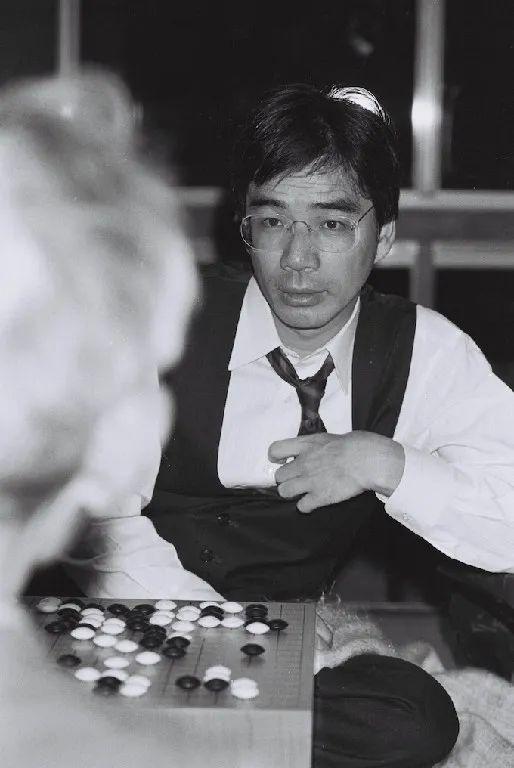
Tengen (天元)
The tournament, which started in 1975, is named after the central position on the Go board, translating to “Center of Heaven.” As with the Oza tournament, there was no title holder initially. Instead, the title was decided by a best-of-five battle between the two remaining players.
The First person to defend the title once that structure changed was Kato Masao, since he had won the previous four consecutive title matches.
The Tengen is sponsored by three local newspapers, and offers a grand prize of 12 million yen to the winner (approx. $77,000).
There have been only two honorary Tengen winners. Rin Kaiho and Iyama Yuta each held the title for five consecutive years.
First Tier
Even qualifying for any of the first tier leagues will get a player promoted to 7p. Winning the league would get them a promotion to 8p, and actually getting a title grants the player promotion to 9p, the highest possible rank in Go. But in this case the challenger needs to beat the current title holder in a best-of-seven match.
There are three tournaments in the first tier:
Honinbo (本因坊)
Started in 1941. This is the oldest title tournament in Japan. It takes its name from the Honinbo house which was founded by a Buddhist priest who would later be known as Honinbo Sansa. The tournament was created after the death of the last head of the house, the 21st Honinbo, Shusai. The players who qualify for the tournament compete in an eight-player round robin to decide the title challenger.
One of the most famous Honinbo title holders was Cho Chikun, who held the title for 10 consecutive years, but even his record was broken, and by none other than Yuta Iyama, who held the title for an incredible 11 years.
The Honinbo tournament is sponsored by Mainichi Shimbun, and awards the winner with a 28 million yen prize (approx. $180,000).
Since there were 21 heads of the Honinbo house, the five honorary title holders are called the 22nd-26th Honinbo.
– Takagawa Kaku, the 22nd Honinbo, won the title 9 times in a row (1952-1960)
– Sakata Eio, the 23rd Honinbo, won the title 7 times in a row (1961-1967)
– Ishida Yoshio, the 24th Honinbo, won the title 5 times in a row (1971-1975)
– Cho Chikun, the 25th Honinbo, won the title 10 times in a row (1989-1998)
– Iyama Yuta, the 26th Honinbo, won the title 11 times in a row (2012-2022)

”I try to match strength with strength, lightness with lightness. My ideal is to play in such a way that no one can tell who the player was.”
Meijin (名人)
Started in 1976. “Master” was a title given to the strongest players during the Edo period. You might also remember this title from the famous anime Hikaru no Go, where it was held by Akira’s father, Kouyou Touya, the strongest Japanese player.
Interestingly enough, the name is connected with Honinbo Sansa. When a famous feudal lord was watching one of his games he was so awestruck by Sansa’s brilliant moves that he exclaimed “Meijin!”, and since then it became a title that all of the best Edo period go players sought after.
The tournament actually started in 1958 (now referred to as the old Meijin tournament), and was sponsored by the Yomiuri Shimbun, but then it was bought by the Asahi Shimbun. The tournament offers its players a prize of 30 million yen for winning the title (approx. $192,000).
Eternal rivals, Cho Chikun and Koichi Kobayashi are the only two players to become Honorary Meijin. Chikun won the title five times in a row (1980-1984), while Kobayashi managed a streak of seven consecutive years (1988-1994).
Kisei (棋聖)
Started in 1977. The “Go sage” tournament is the highest paid and most prestigious among the Japanese Go tournaments. Like the other two First tier title leagues, this one is also decided by a round robin.
Before the tournament began, the only players who held the title of “Go Sage” were Honinbo Shusaku and Dosaku.
The tournament is sponsored by the Yomiuri Shimbun, one of Japan’s leading newspapers, known for having the largest newspaper circulation in the world. The Yomiuri newspaper started the Kisei tournament after selling the rights to the Meijin.
There have only been 3 players who were able to achieve the honorary title as a “Go Sage”:
– Fujisawa Hideyuki, who won 6 times in a row (1976-1982)
– Kobayashi Koichi, who won 8 times in a row (1986-1993)
– Iyama Yuta, who won 9 times in a row (2013-2021)
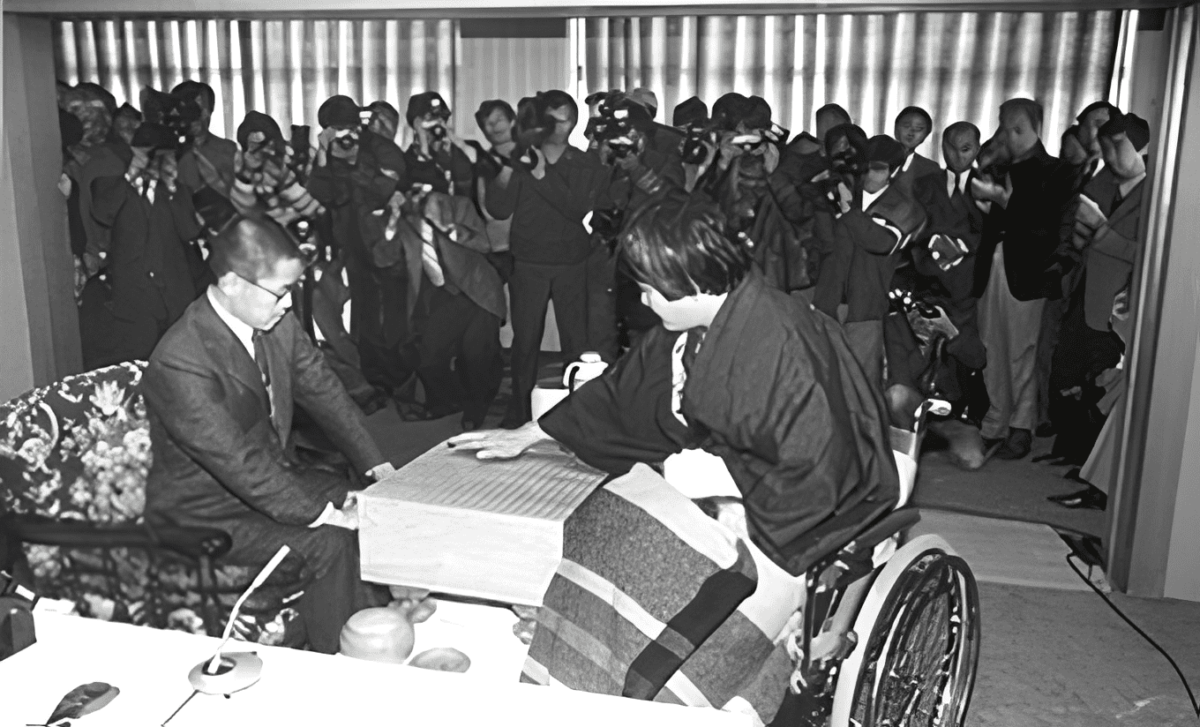
Now, just getting into a league for one of the above-mentioned tournaments is a dream come true for any go professional, and winning a title is something most players can only dream of. But despite this, there are some geniuses who were able to achieve more than one title, or even all 7 through the years. And there is a genius even above those geniuses, one man who was able to hold all 7 titles at once, a true Go sage of the modern day, Yuta Iyama.

Players like Iyama, Chikun, Kobayashi, and Masao have achieved what most players can only dream of, but in order to achieve their goals they needed to face countless obstacles and fierce opponents along the way. The driving forces that helped them overcome all those difficulties and achieve such historic feats are dedication, passion, and an overwhelming fighting spirit—qualities we all need to advance in our Go journey and all other aspects of life.
It might not bring you to the same level, but studying, solving tsumego, playing and analyzing as many games as you can will certainly help you to break the ceiling of your abilities and reach greater and greater heights.
Do you think you have what it takes to be a professional player and test your strategies against some of the legends we mentioned here? What title would you like to fight for if you had the chance?
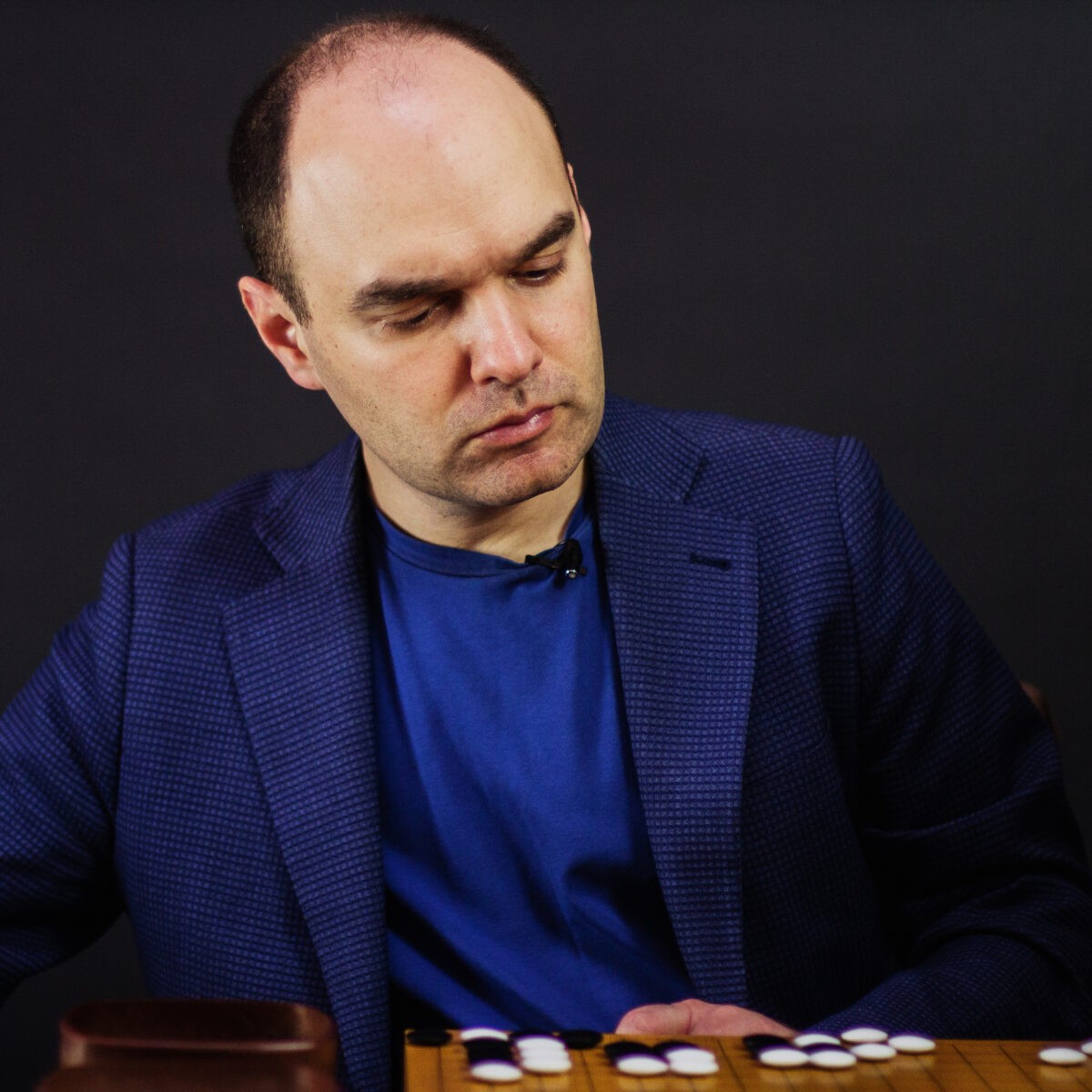



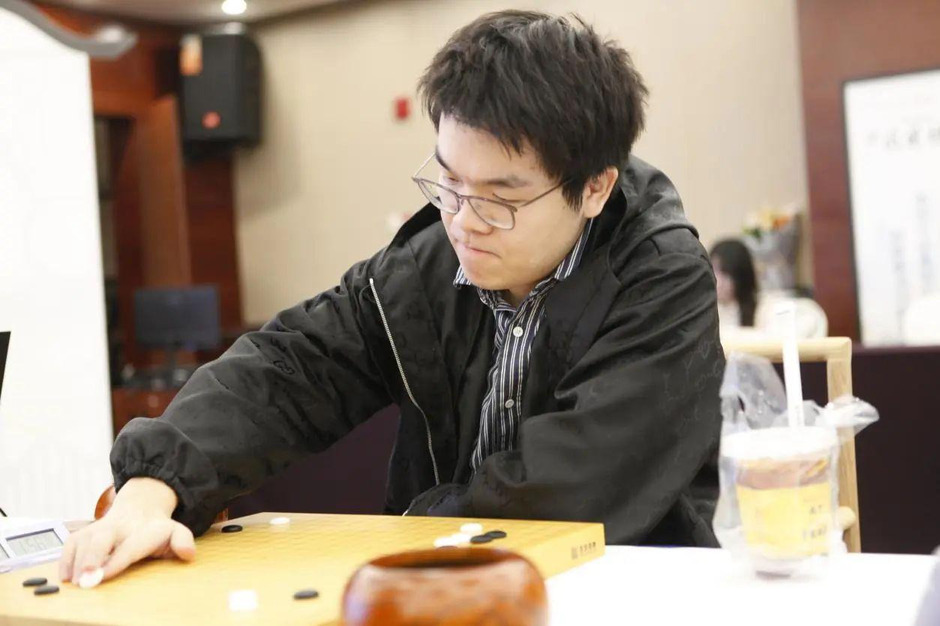
Awesome article!